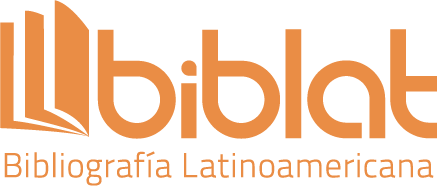Submissions
Submission Preparation Checklist
As part of the submission process, authors are required to check off their submission's compliance with all of the following items, and submissions may be returned to authors that do not adhere to these guidelines.- Article text
- Graphical abstract in TIFF or jpeg with 300 dpi at least (recommended)
- Letter to editor (pdf file)
- Reviewers list proposal (name, affiliation, e-mail), 3 at least. In an attached .pdf file or as a submission comment.
- Full metadata captured before submission (fill complete author adscription, orcid, e-mail, and names in exact order of manuscript appearance)
Special section: Ethics and bioethics in scientific research
In this special issue, specialists in the field of ethics and bioethics are invited to send their contributions: narrative reviews, systematic reviews, case reports and original articles on ethics and bioethics in scientific research today.
Section International Congress of Agroecosystems
Section International Congress of Agroecosystems
International Congress of Agricultural Sciences
Investigaciones presentadas en el Congreso Internacional de Ciencias Agrícolas
Copyright Notice
The Biotecnia journal is licensed under the Creative Commons Attribution-NonCommercial-ShareAlike 4.0 International license (CC BY-NC-SA 4.0).
Privacy Statement
The names and email addresses entered in this journal site will be used exclusively for the stated purposes of this journal and will not be made available for any other purpose or to any other party.



_(1)_(1).png)






_(2).jpg)






